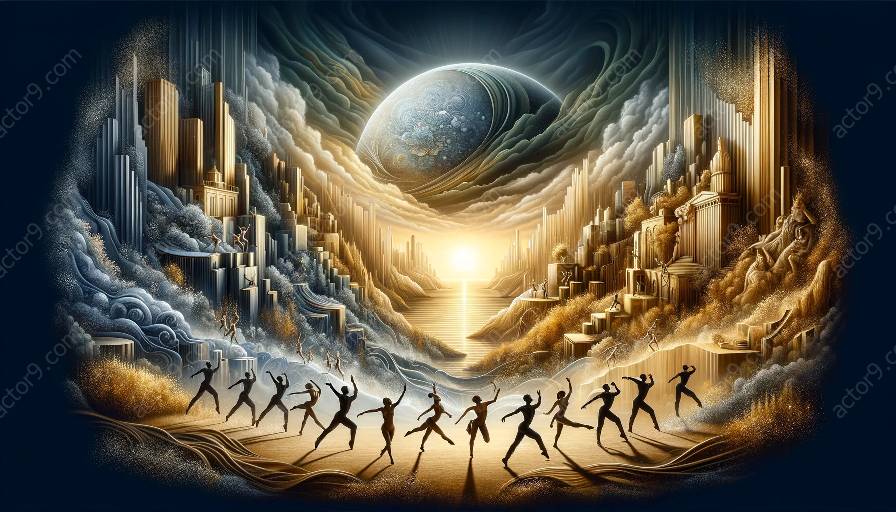Physical theatre is a form of performance that blends elements of dance, movement, and storytelling to convey meaning and emotion without relying primarily on spoken language. This unique genre has become increasingly popular for its ability to address social issues and portray the impact of social media on identity in captivating and thought-provoking ways.
When exploring the portrayal of social media and identity in physical theatre productions, it is essential to consider the multifaceted nature of both social media and identity. Physical theatre offers a compelling platform for artists to examine the complexities of these topics through movement, expression, and symbolism.
Social Media in Physical Theatre
Social media serves as a prominent theme in various physical theatre productions, as artists delve into the effects of virtual connectivity and digital presence on human interactions and self-perception. Through dynamic choreography and expressive movements, physical theatre artists capture the essence of scrolling, liking, and posting, while delving into the psychological and emotional implications of these online activities.
Physical theatre productions may also integrate multimedia elements, such as projections and interactive screens, to simulate the visual interface of social media platforms and emphasize the pervasive influence of digital communication in contemporary society. This innovative approach allows performers to embody the virtual realm and engage audiences in a visceral exploration of the digital landscape.
Identity Exploration
Physical theatre provides a platform for artists to delve into the nuances of identity, including the ways in which social media shapes and distorts our understanding of self. Through nuanced movements and captivating narratives, physical theatre productions unravel the complexities of self-expression, authenticity, and the curated personas projected through online platforms.
Artists use physical theatre techniques to convey the internal struggles and external pressures individuals face in crafting and maintaining an online identity. The use of mask work, mirroring, and symbolic gestures enables performers to depict the fragmented and multifaceted nature of identity, compelling audiences to reflect on their own relationships with social media and self-representation.
Intersecting Social Issues
The portrayal of social media and identity in physical theatre productions intersects with a myriad of social issues, including mental health, self-esteem, cyberbullying, and the commodification of personal experiences. By integrating these themes into their performances, physical theatre artists shed light on the impact of social media on individuals and communities, prompting meaningful discussions and critical reflections.
Moreover, physical theatre serves as a powerful medium for advocating social change and promoting empathy. Through evocative storytelling and embodied performances, artists address societal challenges related to social media use, identity formation, and interpersonal relationships, fostering a deeper understanding of the human experience in the digital age.
Conclusion
The portrayal of social media and identity in physical theatre productions offers a compelling lens through which to examine the complex interplay between virtual connectivity, personal identity, and societal dynamics. By leveraging the expressive potential of physical theatre, artists convey poignant narratives that resonate with audiences and stimulate meaningful conversations about the social issues inherent in the digital era.




































